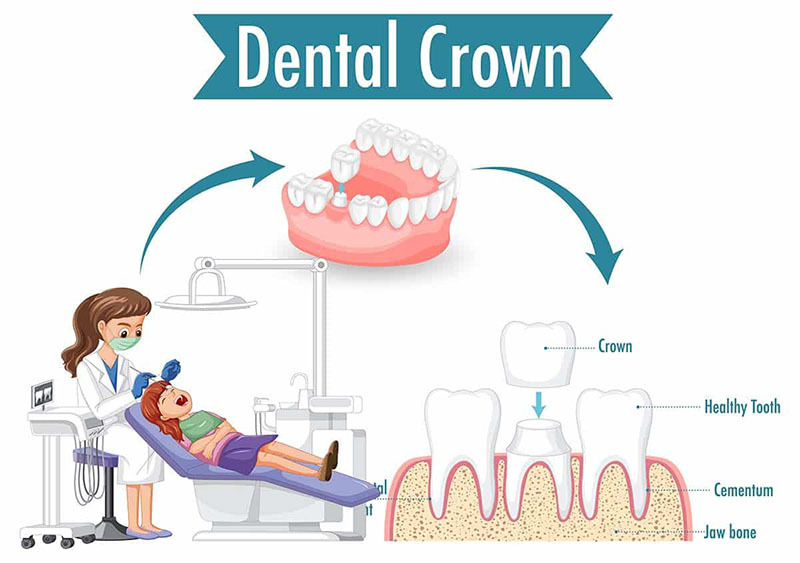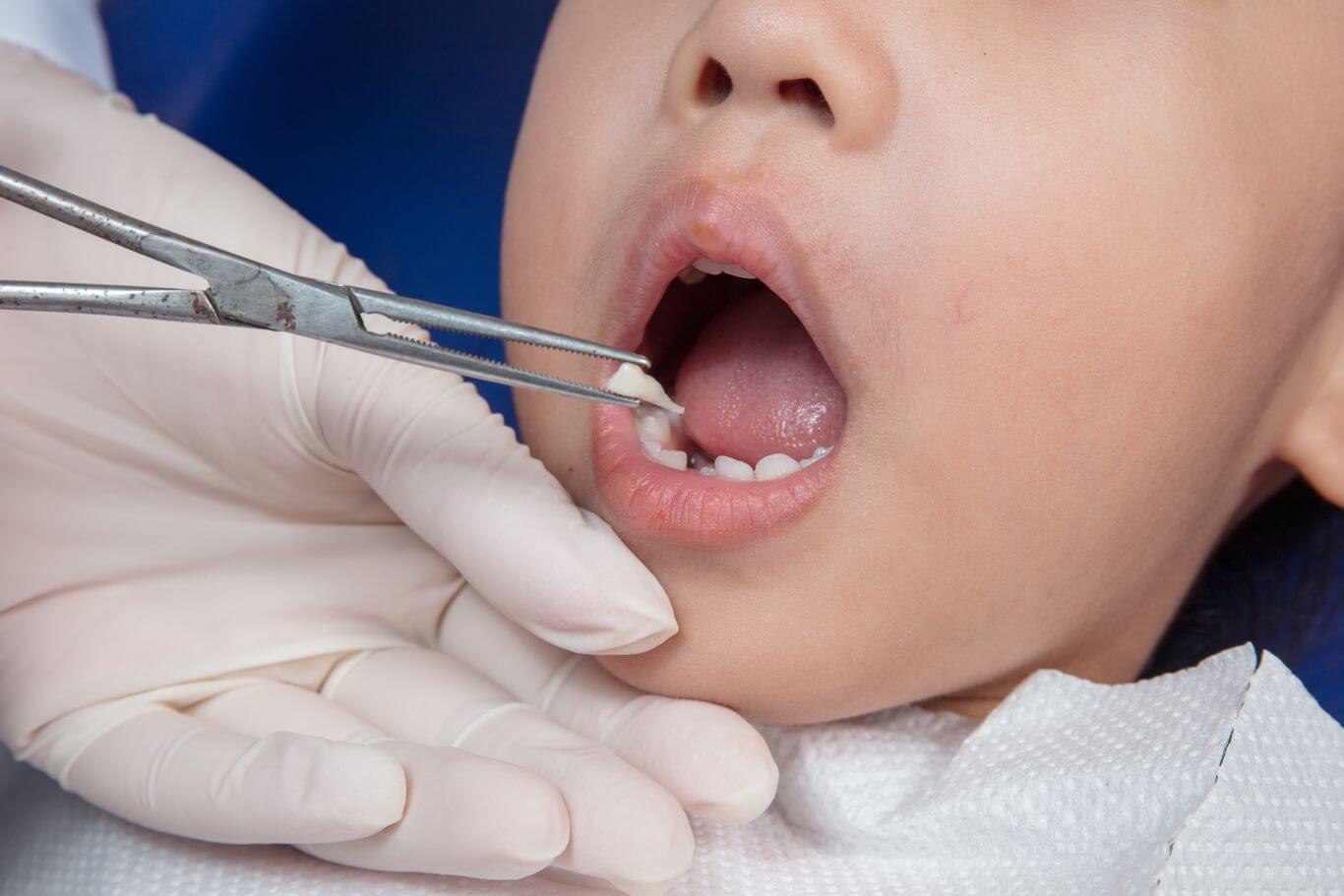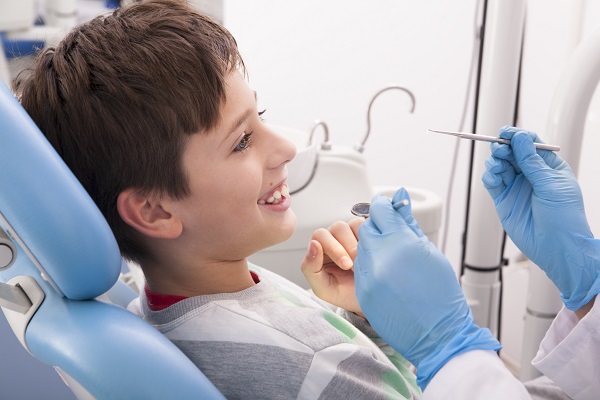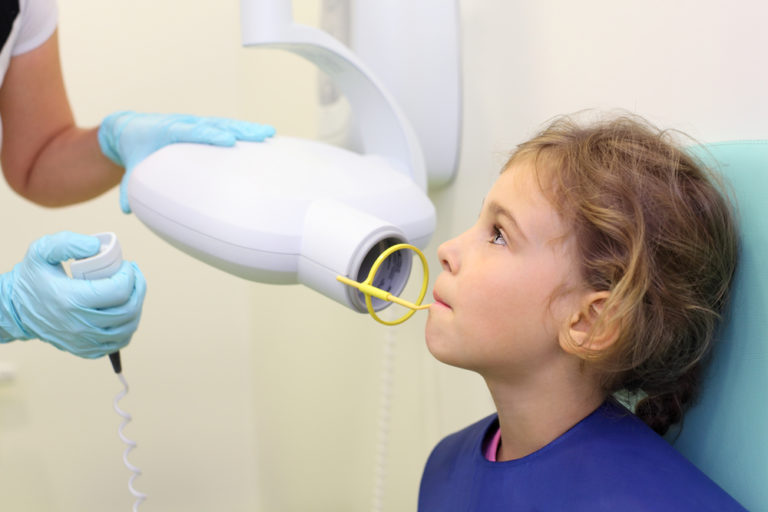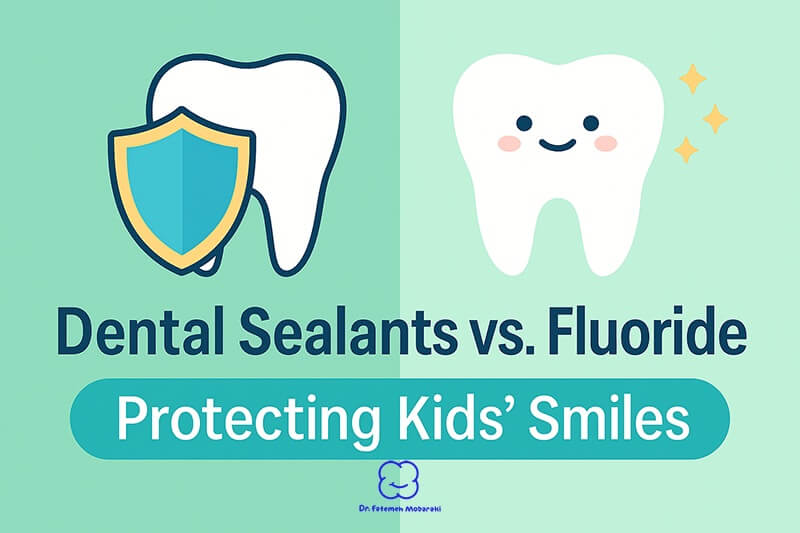A child dental crown procedure is a common and effective treatment to restore the function and appearance of a child’s damaged or decayed tooth. Understanding the process can help alleviate any concerns and prepare both you and your child for the experience.
1. Understanding Child Dental Crowns
A dental crown is a tooth-shaped cap placed over a tooth to restore its shape, size, strength, and appearance. In pediatric dentistry, crowns are often used when a tooth is extensively decayed or damaged and cannot be restored with a filling alone. They are also recommended following procedures like pulp therapy (baby root canal) to protect the tooth.
2. Indications for a Child Dental Crown
Your child may need a dental crown if they have:
- Significant tooth decay that compromises the tooth’s structure.
- A fractured or broken tooth.
- Undergone pulp therapy, necessitating additional protection.
- Developmental defects affecting tooth structure.
3. Types of Pediatric Dental Crowns
Several types of crowns are available for children:
- Stainless Steel Crowns (SSCs): Durable and commonly used, especially for molars. They are cost-effective but have a metallic appearance.
- Tooth-Colored Crowns:
- Zirconia Crowns: Metal-free, highly durable, and aesthetically pleasing, making them suitable for front teeth.
- Composite Strip Crowns: Made from composite resin, these crowns are tooth-colored but may be less durable than zirconia.
4. The Child Dental Crown Procedure: What to Expect
The child dental crown procedure typically involves the following steps:
- Initial Assessment: The dentist conducts a thorough examination, including X-rays, to assess the extent of decay or damage.
- Tooth Preparation: The decayed portion of the tooth is removed, and the tooth is shaped to fit the crown.
- Crown Selection: A preformed crown of appropriate size is selected. For stainless steel and zirconia crowns, pre-designed caps are adjusted and placed over the tooth.
- Cementation: The crown is cemented onto the prepared tooth. The dentist ensures proper fit and bite alignment.
- Post-Procedure Care: Instructions are provided for maintaining oral hygiene and managing any initial discomfort.
5. Pain Management and Anesthesia
To ensure your child’s comfort, local anesthesia or general anesthesia for kids is administered to numb the tooth and surrounding area. In some cases, especially if the child is anxious, sedation options like nitrous oxide (laughing gas) may be used. The dentist will discuss the most appropriate anesthesia method based on your child’s needs.
6. Duration of the Procedure
The entire process usually takes about 30 to 60 minutes per tooth, depending on the complexity and the child’s cooperation.
7. Aftercare and Recovery
Post-procedure, your child may experience mild discomfort or sensitivity, which typically subsides within a few days. Over-the-counter pain relievers can help manage any discomfort. It’s important to maintain good oral hygiene practices, including brushing and flossing, to ensure the longevity of the crown. Regular dental check-ups are also essential.
8. Potential Risks and Complications
While complications are rare, they can include:
- Crown loosening or dislodgement.
- Allergic reactions to crown materials (though uncommon).
- Gum irritation or inflammation.
If any of these issues arise, contact your dentist promptly.
9. Benefits of Child Dental Crowns
Dental crowns offer several advantages:
- Restore the tooth’s function and appearance.
- Protect the tooth from further decay or damage.
- Maintain proper spacing for permanent teeth.
- Enhance your child’s confidence and smile.
For those in Dubai, consider our kids dentist in Jumeirah for specialized and compassionate care.
10. Choosing the Right Dental Clinic in Dubai
When selecting a dental clinic in Dubai for your child’s crown procedure, consider the following:
- Specialization: Opt for clinics specializing in pediatric dentistry.
- Experience: Ensure the dentist has experience with child dental crown procedures.
- Reviews: Check patient testimonials and reviews.
- Facilities: Look for clinics equipped with child-friendly environments and the latest dental technology.
11. Preparing Your Child for the Procedure
to help your child feel comfortable:
- Explain the procedure in simple terms.
- Reassure them that the dentist will ensure they don’t feel pain.
- Bring a comfort item, like a favorite toy.
- Maintain a positive attitude to alleviate their anxiety.
12. Cost Considerations
The cost of a child dental crown procedure in Dubai varies based on factors like the type of crown and the dental clinic. It’s advisable to consult with your dentist for an accurate estimate and inquire about insurance coverage or payment plans. You can also consult with us for more personalized guidance.
Conclusion
Understanding the child dental crown procedure can help ease any anxiety you may have about your child’s dental care. By knowing what to expect before, during, and after the procedure, you can ensure that your child has a positive experience and a healthy smile. Always consult with an experienced pediatric dentist in Dubai to discuss the best options for your child’s dental needs and provide them with the highest standard of care.
FAQ
Will the crown affect my child’s eating habits?
Initially, there might be slight sensitivity, but your child can resume normal eating habits shortly after the procedure.
How long will the crown last?
Crowns on primary teeth are designed to last until the tooth naturally falls out to make way for the permanent tooth.
Are there any alternatives to crowns?
In cases of minor decay, fillings may suffice. However, for extensive damage, crowns are the preferred option to ensure the tooth’s integrity.

